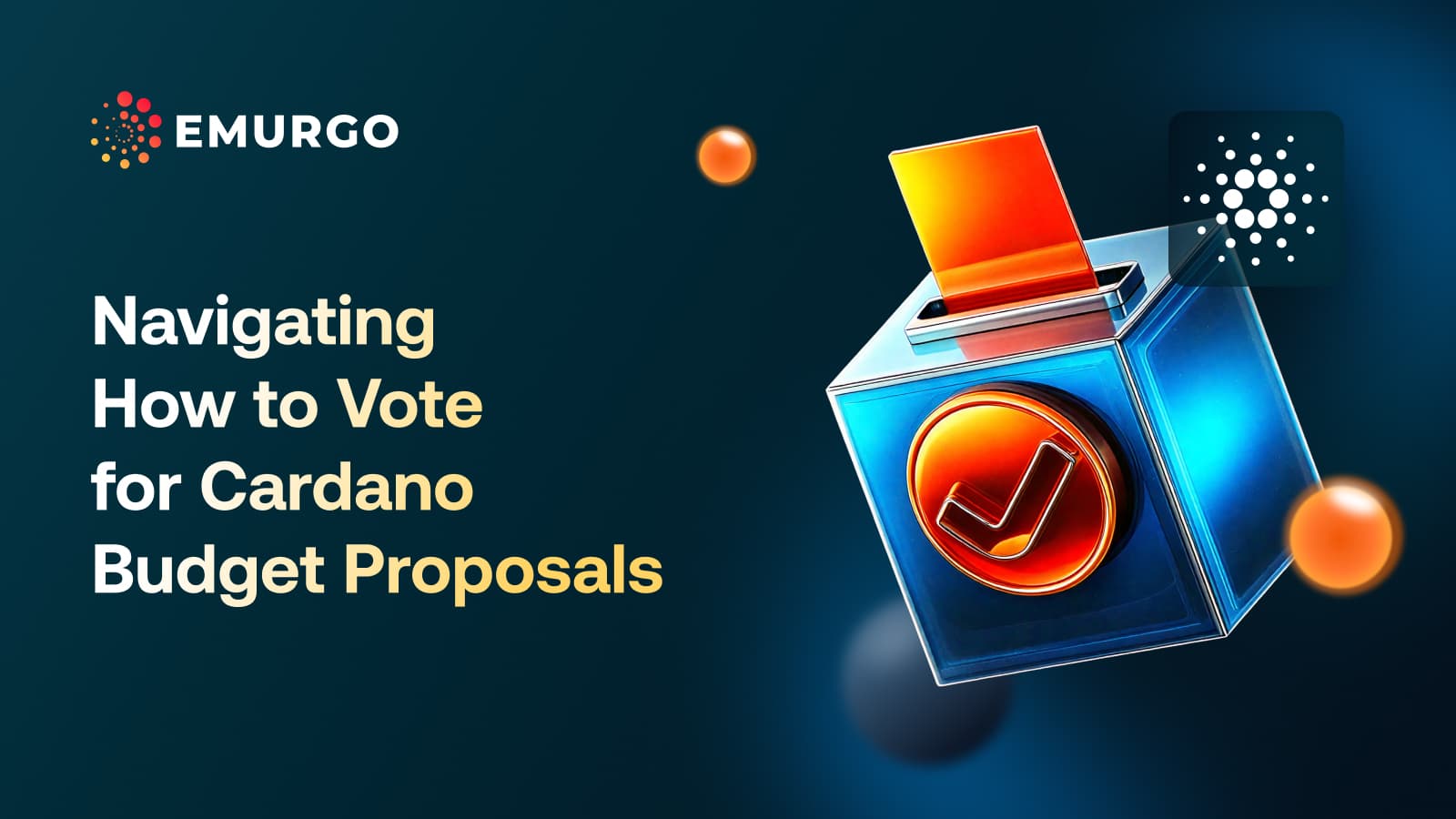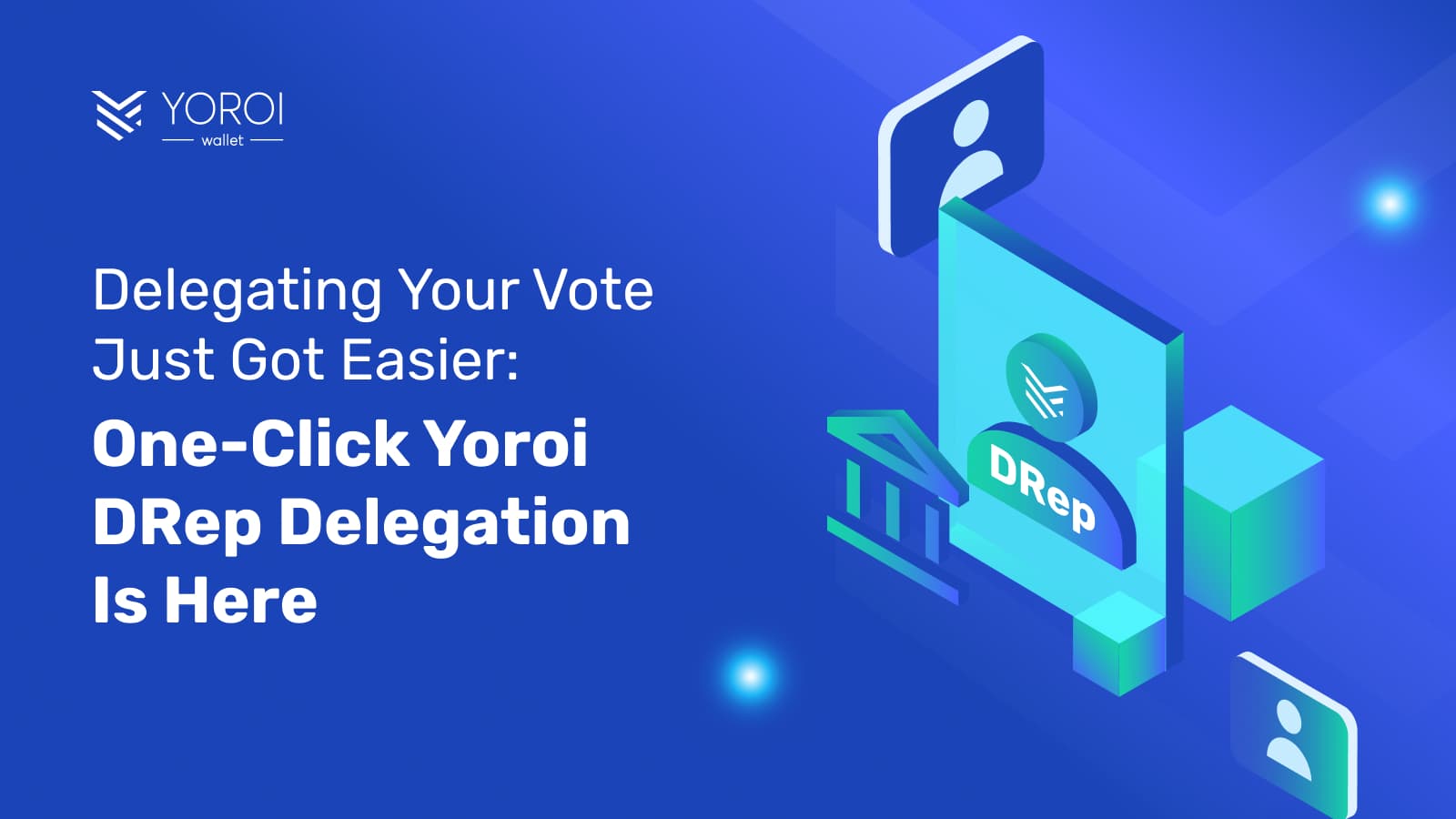NFTs (non-fungible tokens are among the most innovative digital assets to come from blockchain technology. They have created a whole host of business use cases and raised awareness amongst the public about the potential of Web3.
Yet, many are still unfamiliar with the abstract nature of NFTs and find it rather difficult to send, receive, and store them.
In this blog, we will look at some of the common ways to address these issues for individual users and those involved with tokenized assets minted on the Cardano blockchain.
Native Assets: How Cardano NFTs are unique
For NFTs issued or created on the Cardano blockchain network, core developers have created a native asset standard. This makes them similar in properties to fungible tokens or Cardano’s native cryptocurrency ADA, and more versatile and easy to send, store, and receive.
The process of creating and issuing the NFT on a blockchain is known as “minting.” For those directly minting on Cardano, it can be a more technical process that requires a Cardano Node (a server connected to the blockchain) and other requirements. Platforms such as NMKR aim to address that barrier by enabling anyone to use their service to tokenize assets by minting Cardano NFTs without having to possess those technical requirements.
All information related to the asset in the Cardano NFT is also stored in the token metadata which can store more data than compared to NFTs issued on other chains. Certain Cardano-based wallets such as Yoroi can pull the metadata from the native assets to display the NFT in its intended form in its NFT gallery feature.
Read more: Swap Cardano native assets in Yoroi Wallet
Storing and viewing Cardano NFTs

For NFTs minted on Cardano, a self-custodial Cardano ecosystem wallet such as Yoroi (and others) enables users to store and display their NFTs.
With Yoroi, there is a desktop web browser and a mobile version available.
These wallets allow users to create a private key upon installation. Most of these are considered self-custodial wallets where the user retains control over their stored assets since only they have access to the wallet’s private key.
These wallets also have NFT gallery functions that allow for a fast search of a user’s NFTs to view or trade. That makes them very convenient to connect with and use in NFT marketplaces and other platforms.
However, a potential vulnerability is that the user must be aware of security best practices in safeguarding their digital assets. A user without much experience or knowledge of safely securing their private key could become an attractive target for hackers.
Read more: Ways to avoid popular scams with Yoroi.
This is something to consider since if the private key is breached or lost, there is no way to recover access to the wallet.
Sending and receiving Cardano NFTs

Users can send and receive Cardano NFTs directly from their Cardano-based wallet such as Yoroi or others with a NFT gallery.
These can be sent directly to another person’s wallet or another wallet that you own. Others can send NFTs directly to your wallet.
It is required that a user must have a Shelley-era Cardano wallet address which indicates it is not an exchange wallet. These wallet addresses start with the prefix “addr1”.
When sending a Cardano NFT, users must also have enough ADA to cover the cost of sending the asset. To send, a user must go to the “Send” function in their wallet, enter the correct wallet address of the recipient and fee amount displayed, and verify their wallet spending password.
To receive a Cardano NFT, a user must provide their Shelley-era wallet address to the sender.
NMKR: Removing the technical barriers to minting NFTs
NMKR is an NFT and tokenization service that leverages the Cardano blockchain.
It facilitates the tokenization of real-world assets by making the NFT minting process straightforward and user-friendly. Its platform accommodates typical formats like images, videos, and audio. Additionally, it extends support to application files such as HTML, 3D files, and PDFs, providing a comprehensive range of NFT creations.
Other services such as NMKR Pay enable those minting NFTs to also utilize traditional payment options to streamline the process instead of having to resort to using cryptocurrencies.
Read more: How businesses can leverage NMKR for NFTs
Follow EMURGO on X and LinkedIn for more NFT content
Want to learn more about NFTs and their use cases beyond just images? Interested in asset tokenization?
Then, follow EMURGO on X and LinkedIn
About EMURGO
- Official Homepage: emurgo.io
- X (Global): @EMURGO_io
- YouTube: EMURGO channel
- LinkedIn: @EMURGO_io
Disclaimer
You should not construe any such information or other material as legal, tax, investment, financial, or other advice. Nothing contained herein shall constitute a solicitation, recommendation, endorsement, or offer by EMURGO to invest.



